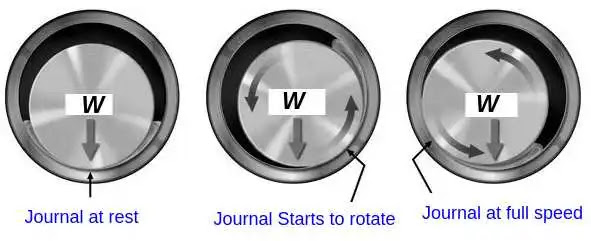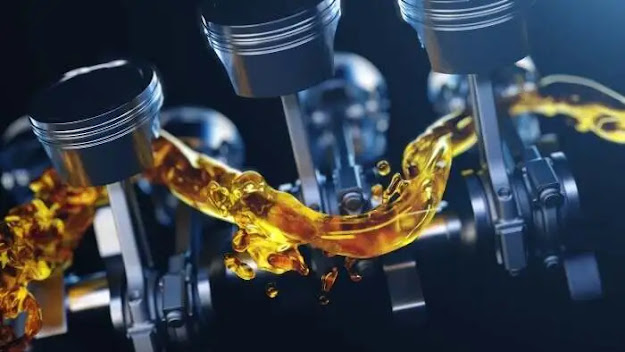Overcooling of the engine means the working temperature of the machine falls down. In this article, I will discuss the overcooling of the engine and the causes and cures.
Overcooling of Engine
Overcooling of engine is a condition in which the engine’s operating temperature drops below the optimal range. If it drops the working temperature then it causes it to run colder than intended.
While less common than engine overheating, overcooling can still lead to various issues and affect the performance and efficiency of the vehicle. The engine is designed to operate within a specific temperature range, typically between 195 to 220 degrees Fahrenheit (90 to 104 degrees Celsius), and overcooling occurs when it falls below this range.
If the engine’s working temperature falls then the engine starts to knock or the engine stalling happens. Let’s find out the causes-
Causes of Engine Overcooling
The temperature gauge on the dashboard shows abnormally low readings when the engine is overcooled. This happens when the insufficient heat output from the vehicle’s heater, especially during colder weather. The causes of engine overcooling are-
1) If the thermostat valve is stuck or choked at that time the coolant flow will hamper and cause the engine to overcooling.
2) If the thermostat valve allows too much coolant due to the sensor problem, the engine will cool down rapidly and cause the engine to overcool.
3) A low coolant level in the cooling system can reduce the amount of heat-absorbing fluid available, leading to insufficient heat transfer and overcooling.
4) The coolant in the cooling system should be mixed with the anti-freeze mixture with the proper ratio and properties. If the coolant mixture is mismatched at that time the problem happens.
5) The cooling fan helps dissipate heat from the radiator. Failure to engage or operate at a lower speed than necessary can cause the engine to overcool.
6) If the weather is extremely cold, then the overcooling of the engine happens.






